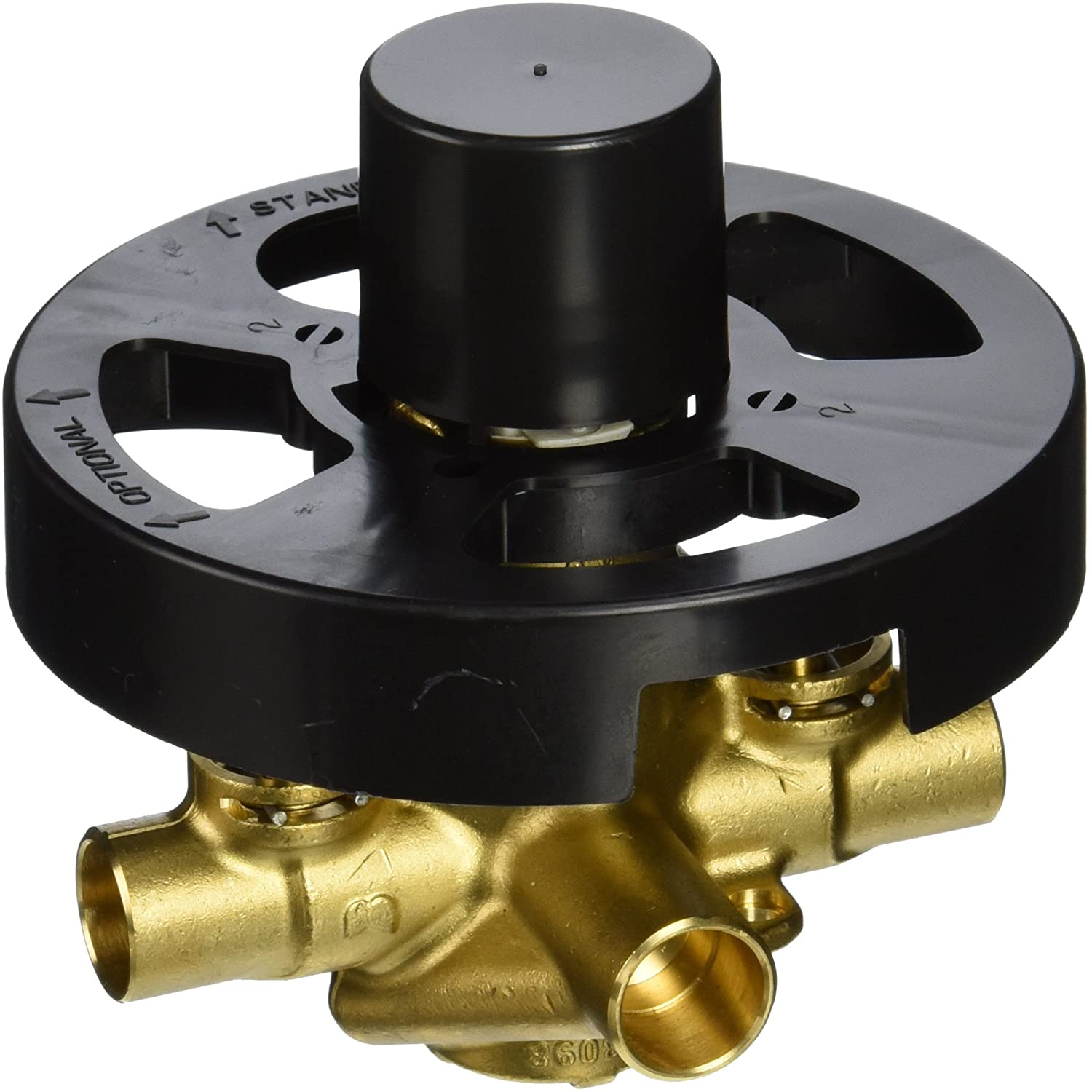Scaffolding in Construction: A Safety and Efficiency Primer
Scaffolding plays a fundamental role in the construction industry, offering temporary platforms that support workers and materials during building, maintenance, and repair projects. Its significance in ensuring safety and promoting efficiency on job sites is immense. This primer explores critical aspects of scaffolding, addressing common inquiries and highlighting its importance. We will also examine how scaffolding works with other construction materials like geomembranes.

What is scaffolding, and why is it vital in construction?
Scaffolding refers to temporary structures that support workers and materials during the construction or repair of buildings and other large structures. It is vital for several reasons:
- Safety: Provides a secure and stable platform for workers at varying heights.
- Accessibility: Allows workers to reach elevated or difficult-to-access areas.
- Efficiency: Well-constructed scaffolding can greatly accelerate construction or repair processes.
What types of scaffolding are there?
Different types of scaffolding are used in construction, each suited to particular applications:
- Tube and Coupler Scaffolding: Versatile and adjustable, ideal for irregular or complex structures.
- Frame Scaffolding: Easy to assemble and disassemble, commonly used in residential and commercial buildings.
- Suspended Scaffolding: Hung from the top of a structure, often used for window cleaning or painting high-rise buildings.
- Cantilever Scaffolding: Supported on one end and used when the ground cannot support a standard scaffold.
How does scaffolding enhance construction project efficiency?
Scaffolding enhances the efficiency of construction projects in various ways:
- Streamlined Workflow: Workers can move quickly and safely between different levels of the structure.
- Time Savings: Faster access to all parts of the building reduces downtime and accelerates project completion.
- Material Handling: Scaffolding systems often include hoists and platforms that facilitate easy material transport.
What is the link between scaffolding and geomembranes in construction?
Geomembranes are synthetic barriers primarily used for waterproofing and environmental protection. They are often used alongside scaffolding in various construction applications:
- Waterproofing: Scaffolding aids in the installation of geomembranes on building foundations, roofs, and other areas requiring waterproofing.
- Erosion Control: In projects like dam or landfill construction, scaffolding helps workers place geomembranes accurately over large areas to prevent erosion.
- Containment Systems: Scaffolding provides access to areas where geomembranes create barriers in containment systems, such as waste management facilities.
Scaffolding is indispensable in the construction industry, ensuring safety, accessibility, and efficiency on job sites. By understanding the different types of scaffolding and their applications, construction professionals can better plan and execute their projects. The integration of scaffolding with other materials, such as geomembranes, highlights its versatility and crucial role in modern construction practices. Whether for erecting a high-rise building or implementing environmental protection measures, scaffolding remains a cornerstone of construction success.

